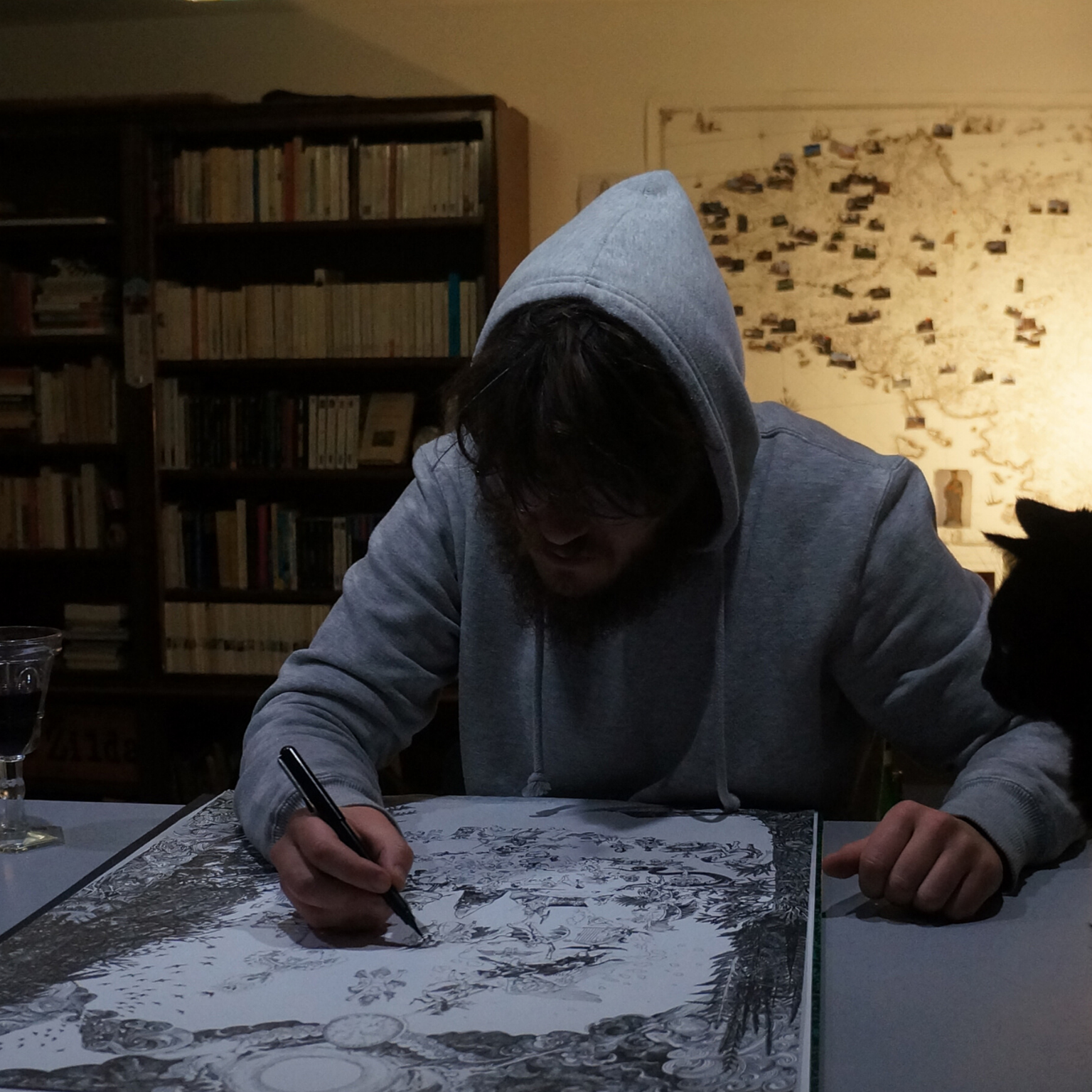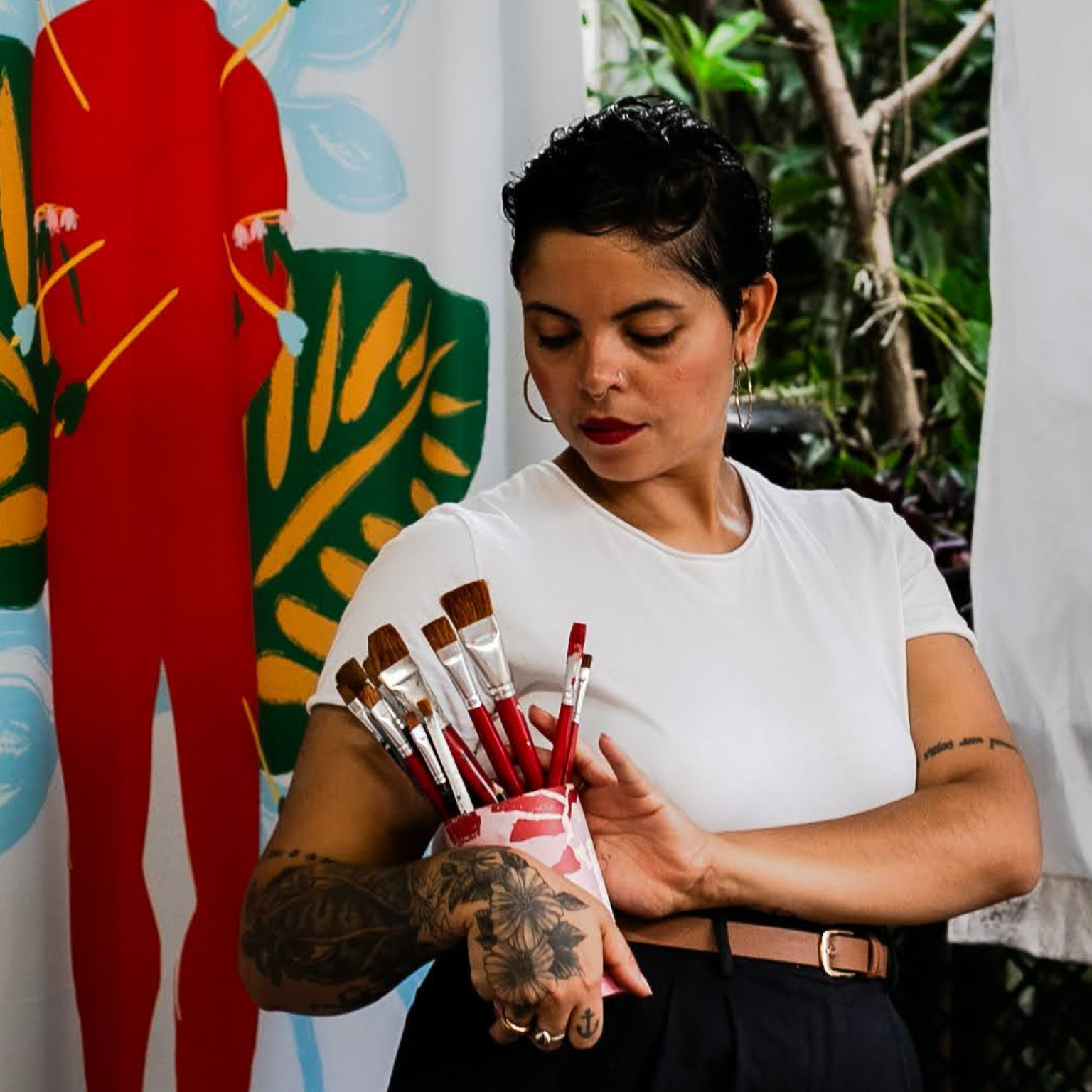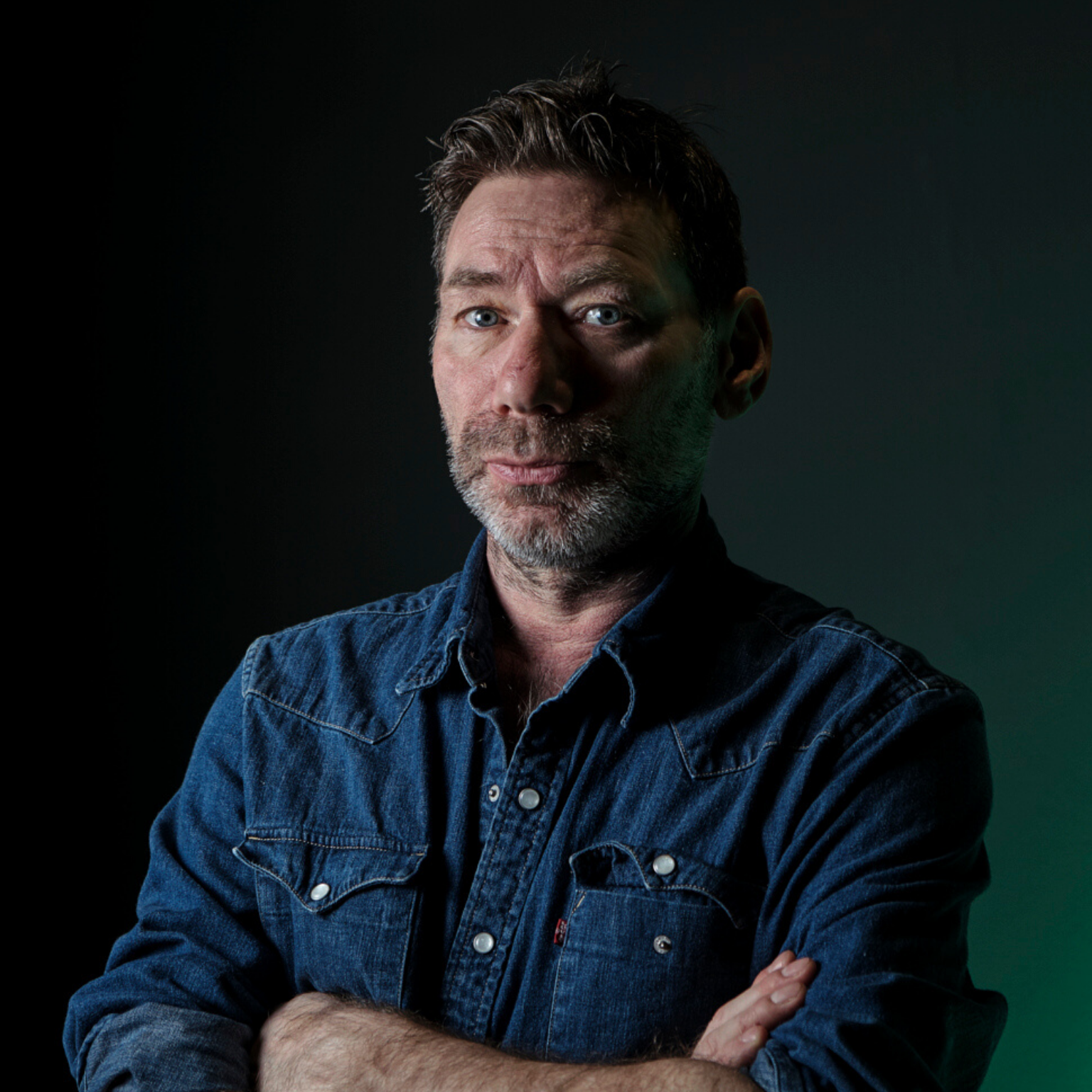Žilda, street artist from Rennes, France. Photography © BranK des Étoiles
1.In your opinion what is the role of a museum ?
Strolling through a museum is like playing lost for a few moments in the meanders of time and sometimes knowing the feeling of being struck down by beauty and emotion.
2.What are your favorite museum in the world? Why?
I immediately think of the Uffizi Gallery in Florence because of the immense emotion I felt in front of “Primavera” by Botticelli.
3.How important are social networks in your business? And which platform do you prefer and why.
I’m not on Facebook, Instagram or Twitter due to a deep hatred of these social networks where everyone spreads out, showing off more than it takes the time to really look at an image.
My work flourishes better in the more confidential exposure offered by a blog, a site or better: a book.
4.In particular, due to the coronavirus emergency, how have you changed your business on social networks?
This period has changed absolutely nothing for me, having no followers, no virtual friends and not a single second to devote to social networks. I spent this confinement with my cats, reading, painting and working on my future installation project in the heart of a Brittany’s forest.
5.To create greater engagement among museums, artists and professionals, do you have any advice for cultural projects such as #MuseumWeek?
What is the point of creating a greater collaboration than that which currently exists between artists, art professionals and museums? Artists are trained in the same schools to land in the same museums and be sold by the same professionals.
All these ramifications that intertwine to form (commercial) links leads us to the standardization of artistic and cultural practices. The connection that deserves to be improved is that between artists and peoples.
May artists everywhere revive in the minds of their contemporaries the memory of their roots, so that they can be proud of it and live it daily! Artists thus rediscovered a role in society, that formerly exercised by trouvères and bards.
For the world’s peoples, it’s a necessity because their roots are currently buried or in the process of being buried under the mass of globalization’s brambles and mass “culture”. A culture be lived and not exhibited in a museum like in a zoo.
Interview by Fabio Pariante, journalist
MORE
Žilda on social networks: Website – Blog – Vimeo
Žilda was born in Lorient (France). He learned painting, drawing, engraving by himself. In 2008, he abandoned creation on canvas to express himself outside of conventional urban art circuits (galleries and street art festivals). Worked on painting on paper, his installations are ephemeral in places often inaccessible to the public (abandoned churches, walled palaces, ruined factories…).
His project “Fragiles Fabulae” met an international audience in 2010 when he revisits pre-Raphaelite or symbolist paintings contextualized on the walls of different European cities (Napoli, Paris, Lisbon, Belgrade…). Inspired by mostly forgotten painters, Žilda brings to life the iconographic world of those who haven’t been kept in the art history and helps to give them a new life. As much pictorial as photographic, his work is nourished by the only sense of communing with the spirit of places charged with spirituality and mystery.
In his current project “Tro Breiz”, Žilda moves away definitively from the urban world to dig a path in a wild and mystical nature through her native Brittany: the artist brings back on the sacred stone, the forgotten myths and legends of Armorique.



